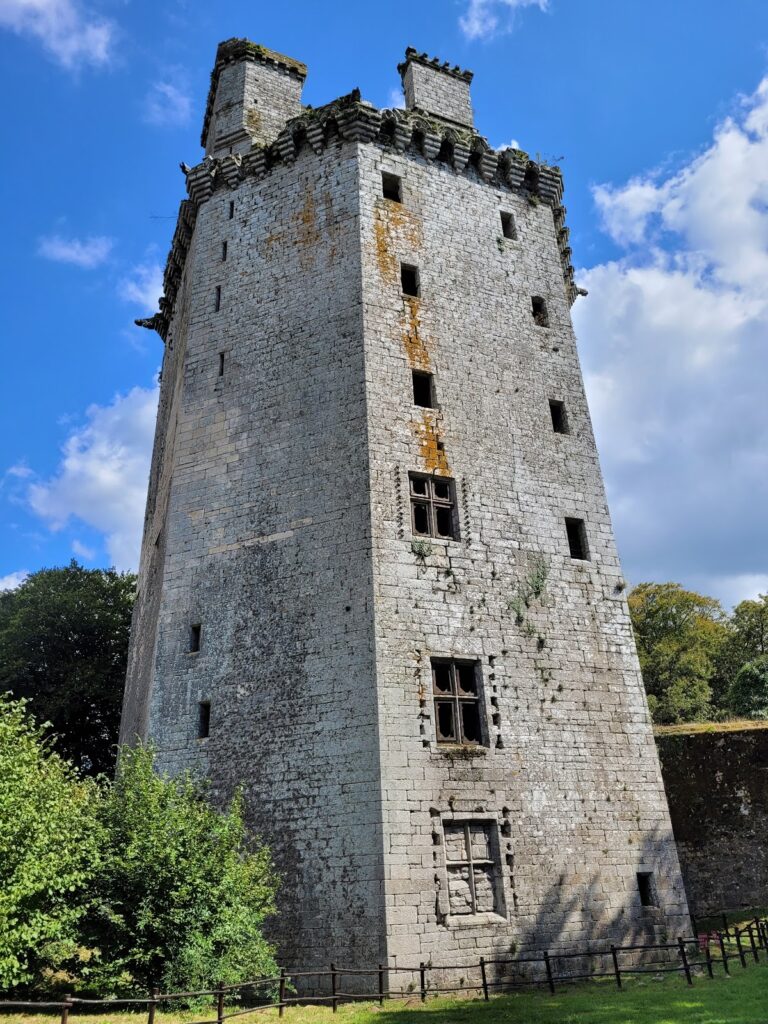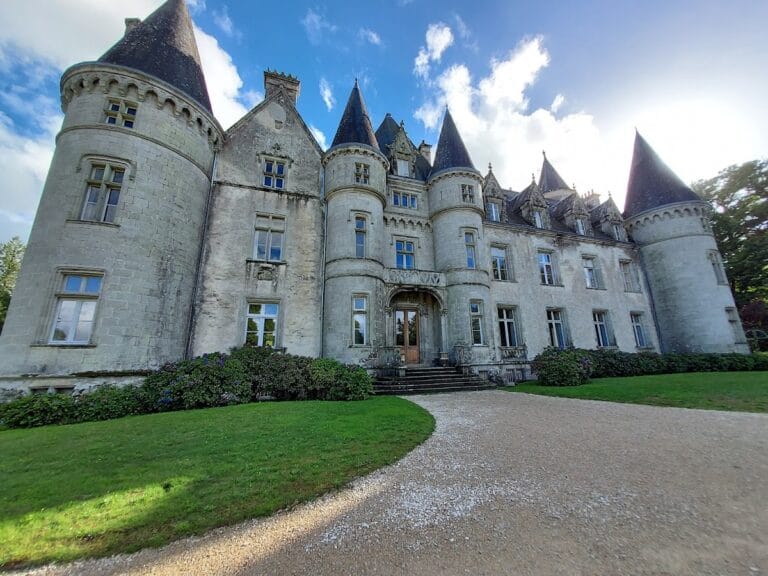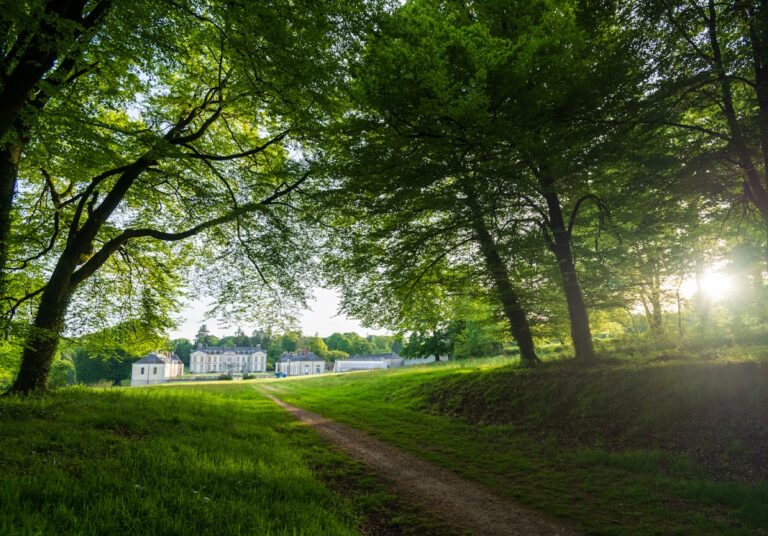Château de Trémohar: A Historic French Château in Berric
Visitor Information
Google Rating: 4.6
Popularity: Very Low
Google Maps: View on Google Maps
Official Website: www.tremohar.fr
Country: France
Civilization: Unclassified
Remains: Military
History
The Château de Trémohar is located in the commune of Berric, France. It was originally a medieval stronghold established by the local Berric family during the 13th century. The initial possession of the site came through a grant by the monks of the Prières Abbey, underscoring the early connection between religious institutions and feudal landholdings in the region.
Ownership transferred to the Quifistre family in 1390 through marriage, marking the beginning of their long association with the château. A notable member of this family, who held the office of commendatory abbot at Rhuys, undertook significant modernization of the medieval residence just before the turmoil of the Wars of the League. These conflicts, deeply rooted in late 16th-century French religious and civil strife, led to the château’s destruction in 1593.
In the mid-18th century, around 1750, Marquis Jean-François de Quifistre de Bavalan rebuilt the château. His work incorporated surviving sections of the early 17th-century fortifications and outbuildings, blending the old with the architectural tastes of his time. The marquis later fled to Jersey amid revolutionary upheavals and died there in 1792. During the French Revolution, his estates in Morbihan were seized and sold as national property, reflecting the widespread confiscations of aristocratic lands.
Following the Restoration period, the marquis’s son successfully repurchased the family estate and served as mayor of Vannes, demonstrating the Quifistre family’s continued local influence. The last member of the Quifistre de Bavalan line married Count Joseph Le Gouvello du Timat, linking the château to the Gouvello family. This connection endured until the property changed hands in the late 20th century, passing first to M. Francès in 1977, then to a grandson of the famous aviator Louis Blériot in 1984. Since 2020, ownership has belonged to the Breesé family.
Beyond its residential role, the château was historically significant as the repository of one of the most important cartularies — a collection of medieval charters and documents — from the Vannetais region. These records are now preserved at the Morbihan Departmental Archives, having been acquired in two phases during the 1970s. The site’s name, Trémohar, means “great passage” in Breton, a nod to its strategic position overseeing key routes in the area.
Remains
The Château de Trémohar occupies a small raised site, strategically positioned to overlook the road connecting Theix and Questembert. Its layout follows a classical plan that provides a dual aspect, shaped to take advantage of both natural elevation and visibility. The structure presents a harmonious blend of architectural elements from different periods, reflecting its evolution over several centuries.
Among the most notable features are the well-preserved apartments styled in the Louis XV manner. These interiors date from the 18th-century reconstruction and showcase the elegance characteristic of that era. The château’s northern attics are pierced by a series of refined dormer windows, which lend an air of architectural finesse and admit natural light to the upper floors.
The remnants of the original fortified enclosure form an integral part of the present château, connecting visitors to its medieval defensive origins. Alongside these, several outbuildings from the early 1600s remain incorporated into the overall complex. These structures exemplify the transition from a strictly defensive fortress to a more residential and administrative estate.
Historical records note the existence of a domestic chapel on the grounds, though it no longer stands today. Despite this, the surviving fabric of the château offers insight into its past as a combined noble residence and stronghold. In recognition of its historical and architectural value, the site has been officially listed as a historic monument since 1960, ensuring its protection and recognition within France’s cultural heritage.







